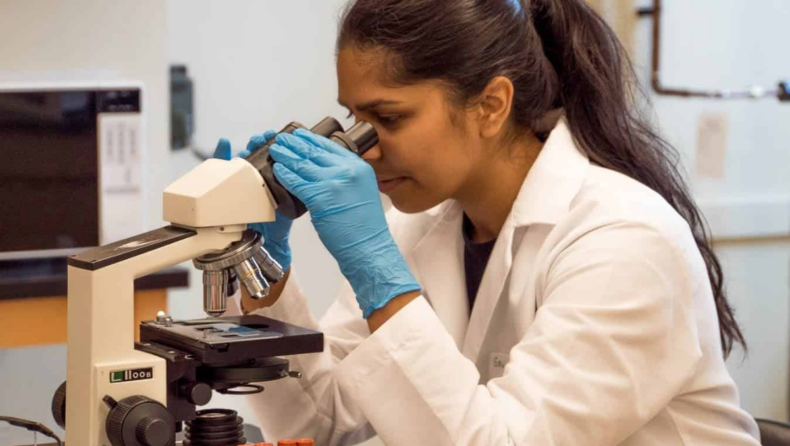Women make up only 14 percent of the 2.8 lakh engineers, scientists, and technologists in India’s research and development institutions. Compared to men, the number of women is very low in the fields of science and technology.
Female employees in research institutions account for 28.4 percent of the total global workforce. However, Indian research institutions have not been able to do even that.
Furthermore, women make up only 14% of the 2.8 million engineers, scientists, and technologists. The number of women enrolled in science-related higher education has uninterruptedly increased in the past few decades.
Nevertheless, the number of women entering science has not increased. This leads to the belief that either women are not willing to carry on with science jobs or they are not being provided with convenient opportunities to do so. Studies have shown that various groups have more collective intelligence than groups made up of only men.
A study says women are much better at knowing what their colleagues are thinking. The indication is that a team consisting of different genders is likely to be more productive and smarter than all-male teams.
Somehow, women are directly linked to scientific research. For example, in 1967, the first at-home pregnancy test was designed by Margaret Crane. She assembled a plastic paper clip holder, a test tube, a dropper, and a mirror at her home.
A few months later, she presented her kit. Then she was hired by the lab to work. It is a proper example of how women are most appropriate to grasp women’s issues.
Furthermore, the impact of women in workplaces can influence economic productivity. Companies that have women in corporate leadership positions show improved firm performance. Besides, it creates more job opportunities when both partners work outside. Therefore, the involvement of women in the workforce may result in the creation of more jobs. It also contributes to economic growth.
In addition, women in research can act as role models for younger girls. Further, the wide inclusion of women in workplaces will reduce barriers for women who belong to conservative communities to enter science.
Women are expected to have various societal roles, like marriage and having children, which can make it difficult for women to have a career.
Why are Indian women’s achievements so low in science?
A study shows that research work is not typically regarded as a women’s career option. Because research work is not a 9 to 5 job. It necessitates working after these regular hours, as well as on weekends. For collaborations or conferences, travel is also expected. Indian women are not expected to do that.
They have to be a daughter, a sister, a wife, and a mother while also being employees. Despite accounting for roughly 40 percent of the country’s annual science PhDs, women are underrepresented in science.
Due to maternity and childcare leave, many women have to leave work or take a break from work. In addition, women are expected to manage the home, take care of elderly people, and maintain social relations. The path is challenging for those who decide to work on scientific research.
Several fellowships and awards are restricted by age limits. When a woman has had to take a break to have children, she will find it difficult to win fellowships. Women have received only 5 percent of fellowships from the Indian National Science Academy, the Indian Academy of Sciences, and the National Academy of Agricultural Sciences.
Because many academic campuses only prefer to hire people under the age of 35. This age limit brings down the opportunities for women who have taken breaks. No woman has headed Isro since it was founded in 1963.
Women sometimes struggle with how to handle the maternity leave. Women who work have access to maternity leaves at any stage of the research process because to the Maternity Benefit Act.
For improved sensitization, they methodically address the problems in institutions. The sexual harassment awareness and reporting cell should be required and operational in all institutions in all cities and universities with remote locations.
Furthermore, research has shown that women are less likely to travel internationally and less collaborative than men. It is really tough in Indian society for women to leave the family for work.
India’s science community has long been conscious of the disproportionately low representation of women in the various fields of science.













